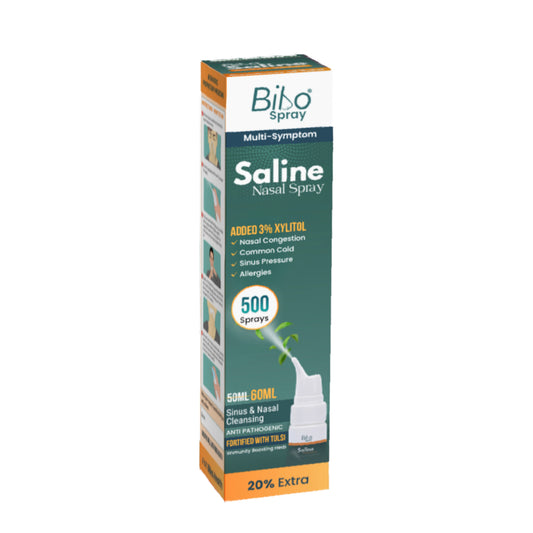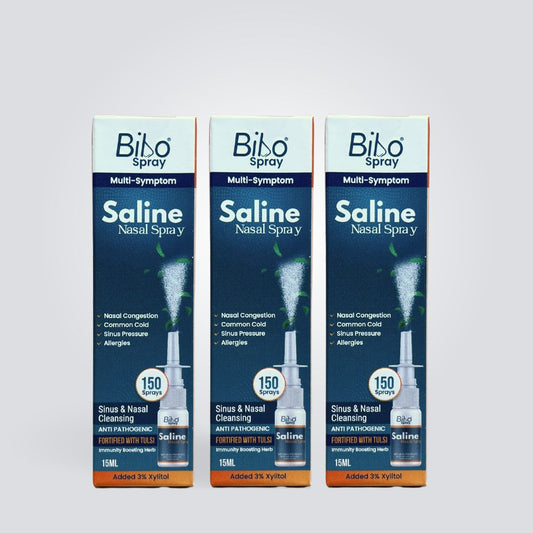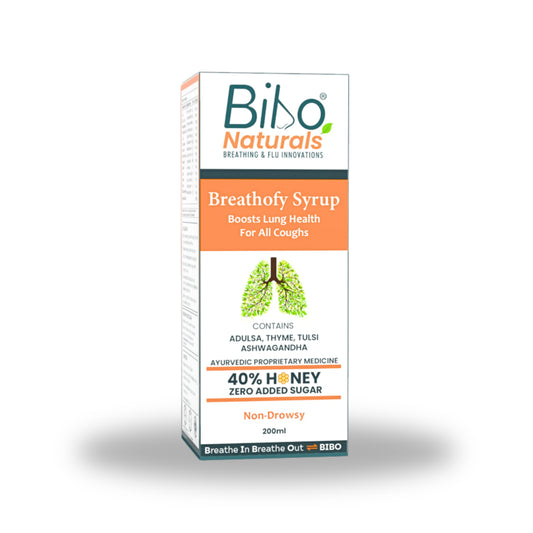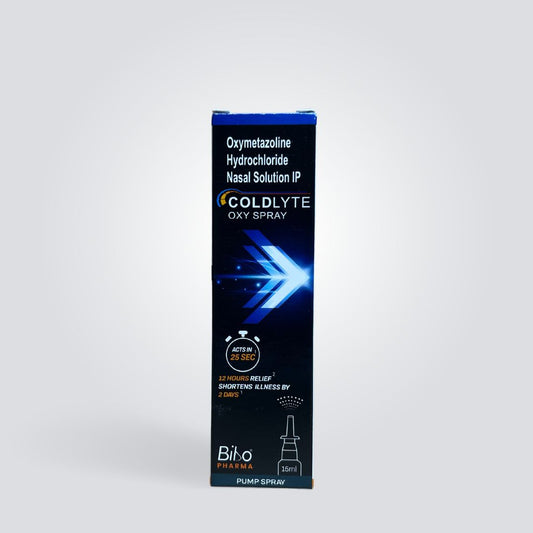Blog written by: DHRITHI BHAT
You must be aware of the serious, deadly problem that many parts of the country are facing right now.
Over the past few days, Delhi and its surrounding regions have been grappling with a severe air pollution crisis, as a thick blanket of toxic smog engulfs the city. The deteriorating air quality has forced authorities to take stringent measures, including the closure of schools and the implementation of the odd-even rule for vehicles. As the air quality index in Delhi reaches 418, a hazardous level, residents are facing severe health risks. In Mumbai, the air quality index has reached 165. Hospitals in Mumbai have taken measures and have set up special intensive respiratory care units to address the increasing number of patients with respiratory issues due to pollution.
The Alarming Air Quality Situation in Delhi

One important indicator for evaluating air quality is the air quality index (AQI), which has values ranging from hazardous (301–500) to good (0–50). Delhi's air quality index (AQI) is 418, which means that the pollution level is extremely harmful to both human health and the environment. Several factors contribute to this critical situation:
- Stubble Burning: The frequent agricultural practice of stubble burning in the neighboring states of Punjab and Haryana has played a major role in the deteriorating air quality in Delhi. PM2.5 and other pollutants are carried into the city by the smoke produced by burning crop waste.
- Industrial Emissions: Air quality is further deteriorated by the region's industrial operations, which discharge a significant amount of pollutants into the atmosphere.
- Vehicular Emissions: Particulate matter and nitrogen oxides, two air pollutants that contribute to the creation of smog, are released into the atmosphere by the city's growing automobile population.
- Construction Activities: Another form of pollution is dust from active construction projects, which releases tiny particles into the atmosphere.
In response to the escalating air pollution crisis, the government has invoked the Stage 4 Graded Response Action Plan (GRAP). This set of anti-pollution guidelines aims to combat the deteriorating air quality. Some of the measures taken include:
- Odd-Even Rule: Four years later, Delhi has rigidly maintained the odd-even rule for autos. According to the last number on their license plates, this regulation limits the usage of private vehicles on certain days.
- Diesel Truck Ban: Due to their enormous emissions, diesel trucks are not permitted to enter Delhi. By limiting the number of cars on the road, this policy aims to cut down on pollution.
- Construction Activities Banned: The city has temporarily stopped building in order to reduce dust emissions. The goal of this endeavor is to lower the airborne particulate matter concentration.
- Special Intensive Respiratory Care Units: Mumbai is also experiencing air pollution. In response, the city has established specialized intensive respiratory care units in its hospitals to give patients with respiratory problems the essential medical care.
- Supreme Court's Emphasis on Stubble Burning: The Supreme Court of India has highlighted the necessity of addressing stubble burning as the primary source of Delhi's air pollution, even as the aforementioned actions focus on the local elements that contribute to the problem. Large volumes of pollutants are released into the air by the neighboring states' burning of crop leftovers, and these pollutants then make their way into Delhi.
The Consequences of the Air Pollution Crisis at present:

The toxic smog that has enveloped Delhi and its surroundings carries severe consequences, not only for the environment but also for the health and well-being of the residents:
- Health Risks: Extended periods of time spent in dangerous air can cause a number of health concerns, such as lung cancer, heart disease, bronchitis, asthma flare-ups, and respiratory disorders. Particularly vulnerable groups include the young, the old, and those with underlying medical issues.
- School Closures: To protect children from the adverse effects of air pollution, schools in Delhi have been closed, affecting students' education and daily routines.
- Economic Impact: Businesses, particularly outdoor industries like construction, suffer due to the limitations imposed by the anti-pollution measures. These restrictions can lead to significant financial losses for entrepreneurs and workers.
- Reduced Quality of Life: Residents are forced to alter their daily activities and limit outdoor exposure, leading to a diminished quality of life and mental stress.
Stubble burning is a major contributor to the ongoing air pollution crisis in Delhi. Farmers in the nearby states of Punjab and Haryana engage in this practice, which entails burning crop waste following harvest. Although it provides a quick and affordable means of clearing land for the next planting, there are serious negative effects on the environment and public health. Burning stubble releases a lot of airborne pollutants, such as volatile organic compounds, carbon monoxide, and PM2.5.
To address this root cause, several strategies can be explored:
- Alternatives to Stubble Burning: Encourage and provide incentives for farmers to adopt alternative methods for crop residue management, such as mulching, composting, or using it as animal fodder.
- Farm Mechanization: Promote the use of modern farm equipment that can clear fields without the need for burning, minimizing the environmental impact.
- Regulatory Measures: Strengthen and enforce regulations on stubble burning and penalize those who engage in this harmful practice.
- Public Awareness: Educate farmers about the consequences of stubble burning on air quality and human health, encouraging them to consider more sustainable alternatives.
Now, let’s also explore how pollution affects respiratory health, its impact on pre-existing lung issues, how to maintain air quality, and ways to protect ourselves from the harmful effects of air pollution.
How Pollution Affects Respiratory Health?

Air pollution can have a detrimental impact on respiratory health in several ways:
-
Irritation of Airways:
- Particulate Matter (PM): Tiny airborne particles called PM2.5 and PM10 can irritate the airways and cause symptoms including coughing, sore throats, and dyspnea.
- Ground-Level Ozone (O3): People who have asthma or chronic obstructive pulmonary disease (COPD) may find it difficult to breathe due to ozone, a primary component of smog, which can trigger inflammation in the airways. -
Exacerbation of Respiratory Conditions:
- Asthma: For those who are vulnerable, air pollution can precipitate asthma episodes. Pollutants like NO2 and VOCs can exacerbate symptoms, making breathing more difficult and causing more wheezing.
- Chronic Bronchitis: Prolonged exposure to air pollutants such as SO2 and particulate matter can worsen the symptoms of chronic bronchitis, increasing the frequency and intensity of coughing and generation of mucus.
- Chronic Obstructive Pulmonary Disease (COPD): It can be more difficult for people with COPD to breathe since air pollution can hasten the disease's course and raise the frequency of exacerbations. -
Increased Susceptibility to Infections:
People who are exposed to air pollution are more vulnerable to respiratory diseases like the flu and the common cold because it impairs their immune system. This may result in more frequent hospital stays and a worsening of pre-existing pulmonary conditions. -
Long-term Health Consequences:
Long-term health effects of air pollution exposure include lung cancer, decreased lung function, and higher mortality, especially in groups that are already at risk.
Maintaining good air quality is essential to protect respiratory health and reduce the risk of pollution-related respiratory issues. Here are some strategies to improve and maintain air quality:
-
Reduce Indoor Pollutants:
- Ventilation: Make sure that your house is properly ventilated to reduce indoor air pollution. You can have exhaust fans and open windows of your room when weather permits.
- Use Air Purifiers: Invest in high-quality air purifiers that can remove pollutants from indoor air.
- Limit Tobacco Smoke: Avoid smoking indoors, as tobacco smoke is a major indoor air pollutant. -
Reduce Outdoor Exposure:
- Check Air Quality Index (AQI): Stay informed about local air quality by checking the AQI, and plan outdoor activities accordingly.
- Avoid Peak Pollution Times: Try to stay indoors during times when pollution levels are highest, such as rush hours in urban areas.
- Use Masks: When air quality is poor, consider wearing N95 respirator masks to reduce inhalation of pollutants.
- Choose Green Spaces: Spend time in green, less polluted areas to reduce exposure to harmful pollutants. -
Reduce Indoor Combustion:
- Use Electric Appliances: Opt for electric appliances instead of those that burn fossil fuels, such as gas stoves and heaters.
- Maintain Ventilation Systems: Ensure that your heating and cooling systems are well-maintained to minimize the release of indoor air pollutants.
How Does Pollution Affect Pre-existing Lung Issues?
Individuals with pre-existing lung conditions are particularly vulnerable to the effects of air pollution. Pollution can exacerbate these conditions and lead to more frequent and severe symptoms. Here's how different respiratory conditions are affected by pollution:
-
Asthma:
- Triggers: Air pollution, particularly PM2.5, NO2, and VOCs, can trigger asthma attacks, leading to increased wheezing, coughing, and shortness of breath.
- Reduced Lung Function: Long-term exposure to pollution can reduce lung function in individuals with asthma, making it harder for them to breathe. -
Chronic Bronchitis:
- Exacerbations: Air pollution can worsen the symptoms of chronic bronchitis, leading to increased coughing and mucus production.
- Lung Function Decline: Long-term exposure to pollutants can accelerate the decline in lung function seen in individuals with chronic bronchitis. -
Chronic Obstructive Pulmonary Disease (COPD):
- Increased Exacerbations: Air pollution can lead to more frequent and severe COPD exacerbations, requiring medical intervention.
- Reduced Quality of Life: Pollution can significantly impact the quality of life for individuals with COPD, making it harder for them to carry out daily activities. -
Lung Cancer:
- Increased Risk: Long-term exposure to certain pollutants, such as fine particulate matter and polycyclic aromatic hydrocarbons, can increase the risk of lung cancer, particularly in smokers.
How to Protect Yourself from Pollution?
Protecting yourself from the harmful effects of air pollution is essential, especially if you have pre-existing lung issues. Here are some strategies to minimize your exposure and safeguard your respiratory health:
- Monitor Air Quality: Stay informed about local air quality by checking the AQI, which can help you plan your outdoor activities.
- Use Masks: In areas with high pollution levels, consider wearing N95 respirator masks to reduce inhalation of harmful pollutants.
- Stay Indoors: When pollution levels are high, try to stay indoors and use air purifiers to maintain good indoor air quality.
- Avoid Smoking: If you smoke, quitting is one of the most effective ways to protect your lungs from further harm. Even the exposure to second-hand smoke is very harmful. Try to avoid that as well.
- Vaccinations: Get vaccinated against the flu and pneumonia to reduce your risk of respiratory infections that can be exacerbated by pollution.
- Follow Treatment Plans: If you have a pre-existing lung condition, adhere to your treatment plan and consult with your healthcare provider about any necessary adjustments.
- Support Clean Air Initiatives: Advocate for policies and actions that aim to reduce air pollution on a local, regional, and global level.
BIBO’s offering:

To enhance your protection against air pollution during the season, consider BIBO's Detox Kit, a comprehensive solution that includes:
- Saline Nasal Spray: This nasal spray helps clear your nasal passages, removing irritants and pollutants that might have entered your nose. It provides immediate relief from congestion and supports your body's natural defence mechanisms.
- Breathe Blend: Breathe Blend is a carefully crafted essential oil blend designed to promote clear and easy breathing. When diffused, it can help create a soothing and refreshing atmosphere indoors, making it easier to cope with poor outdoor air quality.
- Breathofy Syrup: This herbal syrup is formulated to support respiratory health. Packed with natural ingredients, it can help soothe your airways, reduce irritation, and improve your overall respiratory well-being.
The respiratory system is seriously threatened by air pollution, which can also make pre-existing lung disorders worse. Mitigating the hazards associated with contaminated air requires protecting oneself, maintaining healthy air quality, and understanding how pollution affects the respiratory system.
We can all breathe easier and lead healthier lives while preserving our lungs for future generations by implementing the suggested techniques and supporting programs to reduce pollution.
References:
- Air Pollution (2023) Wikipedia. Available at: https://en.wikipedia.org/wiki/Air_pollution (Accessed: 08 November 2023).
- Aqi Basics (no date) AQI Basics | AirNow.gov. Available at: https://www.airnow.gov/aqi/aqi-basics/#:~:text=For%20example%2C%20an%20AQI%20value,300%20represents%20hazardous%20air%20quality. (Accessed: 08 November 2023).
- Delhi Air Pollution Crisis, news live updates: Govt announces early winter break in schools amid severe air pollution (2023) The Indian Express. Available at: https://indianexpress.com/article/cities/delhi/delhi-news-live-updates-pollution-aqi-arvind-kejriwal-mcd-9018341/ (Accessed: 08 November 2023).
- Mitra, C. (2023) Delhi remains covered in toxic smog, air quality severe for 6th Day, NDTV.com. Available at: https://www.ndtv.com/india-news/delhi-pollution-mumbai-pollution-delhi-remains-covered-in-toxic-smog-mumbai-air-half-as-bad-4555847 (Accessed: 08 November 2023).




